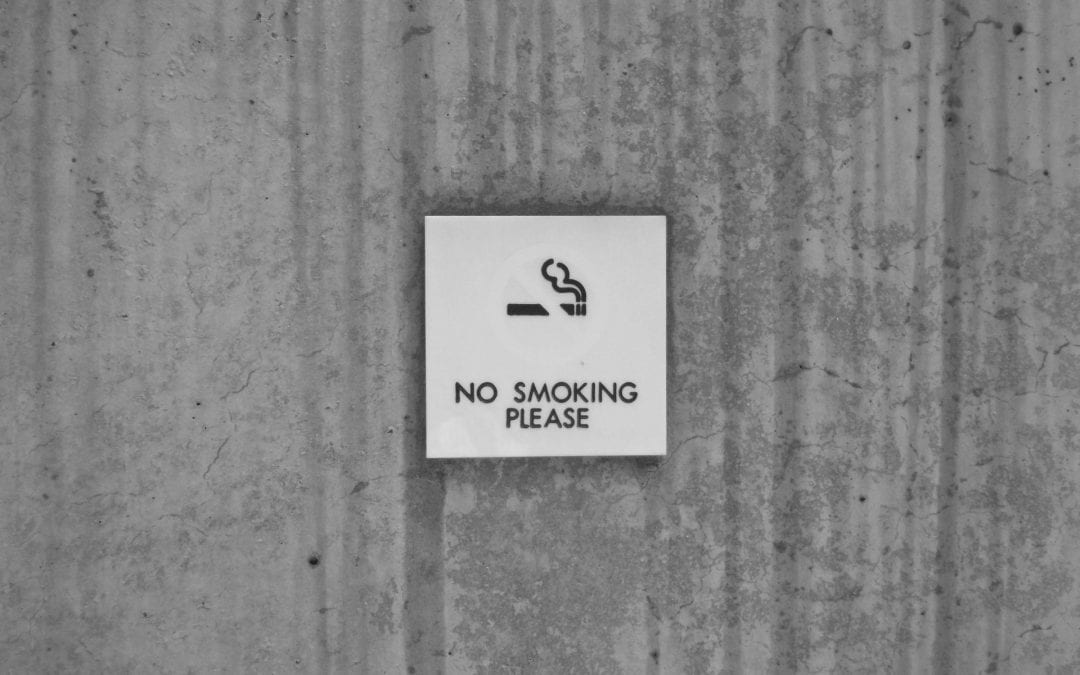By Chris Bullen
If implemented as planned, the new smokefree action plan could be the single most significant approach we take as a nation to reducing preventable death and disease and reducing health inequities, writes Chris Bullen.
As a doctor, tobacco researcher and public health advocate for many years, I am excited to see at last we have a plan that will give us, within a few years, the best chance of dramatically reducing the toll of premature death and disease caused by tobacco smoking.
The Smokefree Aotearoa 2025 Action Plan announced this week includes a handful of world-leading, game-changing approaches to make smoking far less attractive and less available while making support for quitting even more available and effective for people.
First among the six focus areas in the plan is a central role for Māori leadership and decision-making at all levels. The Smokefree Aotearoa 2025 Taskforce, announced by Minister Ayesha Verrall, is an all-Māori group chaired by tobacco control champion Dame Tariana Turia. The Task Force will hold the Ministry of Health, the government, and the tobacco control sector accountable to Māori for delivering on the plans.
This is a critical part to the success of the plan because smoking among Māori, while declining, is not dropping fast enough to meet the 2025 goal. Overall, smoking prevalence may reach the 2025 goal of 5 percent, but without a major rise in quitting, it won’t happen for Māori. I am confident the Task Force will provide the drive, determination – and critique of the ministry – to ensure the job is done.
A greater investment in local community action and targeted quitting support for smokers, especially Māori and Pacific peoples, has also been signalled in the plan. The smoking cessation workforce will also be boosted. Smoking is at or below 5 percent in some parts of New Zealand and in some population groups. But it is far higher and concentrated in areas with higher Māori and Pacific populations and areas with high deprivation. As we have seen with the rollout of the Covid-19 vaccination programme, targeted approaches involving local communities and trusted organisations who know their people are highly effective at engaging and supporting people to accept change and adopt interventions.
The next focus area is a world-first. The Government will introduce an amendment Bill next year to allow only very low nicotine levels in smoked tobacco products (ideally, this should be below the level that causes addiction). Research in New Zealand and elsewhere has shown this can help many smokers lose interest in smoking and quit.
The plan also allows for restrictions to be imposed on additives the tobacco industry uses to maintain or enhance the appeal and addictiveness of smoked tobacco products. Filters may also go. Many smokers think filters make smoking safer. They don’t. Besides, filters contain microplastics, end up in the wastewater and damage the environment.
Reducing the number of shops selling tobacco especially in low-income areas will help to reduce youth smoking and restrict availability. Retailers will have to be ‘authorised’ to sell tobacco and will not be concentrated in the areas of highest deprivation. It is likely the number of retail outlets allowed to sell tobacco will drop dramatically. While some small dairy owners claim this move will destroy their businesses, others who have voluntarily stopped selling tobacco products have found that is not the case.
Perhaps the next most innovative idea is to prohibit the sale of cigarettes to people born after a certain date, thus creating a “smokefree generation”. Currently, it is illegal to sell tobacco to people under the age of 18. Under the new regimen, it would be illegal for retailers to sell tobacco to anyone born after 2009. Ever. This is not as tough as it might seem – less than 2 percent of our current 14 and 15-year-olds smoke. They are already ‘voting with their feet’ not to take up smoking.
The sixth and final focus area of the plan seeks to understand and ultimately contain the booming illegal trade in tobacco through better enforcement and monitoring. Tobacco smuggling through the ports and increasingly in the post has been booming in recent years. But as the numbers of smokers drop off rapidly from quitting and new smokers aren’t recruited, demand for tobacco will decline, so I’d expect to see the illicit market eventually dry up.
The Smokefree 2025 Action Plan is very good news. If implemented as outlined, it could just be the single most significant approach we take as a nation to reducing preventable death and disease and reducing health inequities in the next few years. It is also an opportunity to learn and build our collective confidence in taking bold public health actions to tackle other health issues, such as alcohol misuse and unhealthy diets, which cause harm to people on a grand scale.
This article was originally published on Newsroom and was republished with permission. For the original, click here.
Chris Bullen is a Professor in Pacific Health at the University of Auckland. He is an expert in tobacco control and smoking cessation.
Disclaimer: The ideas expressed in this article reflect the author’s views and not necessarily the views of The Big Q.
You might also like:

